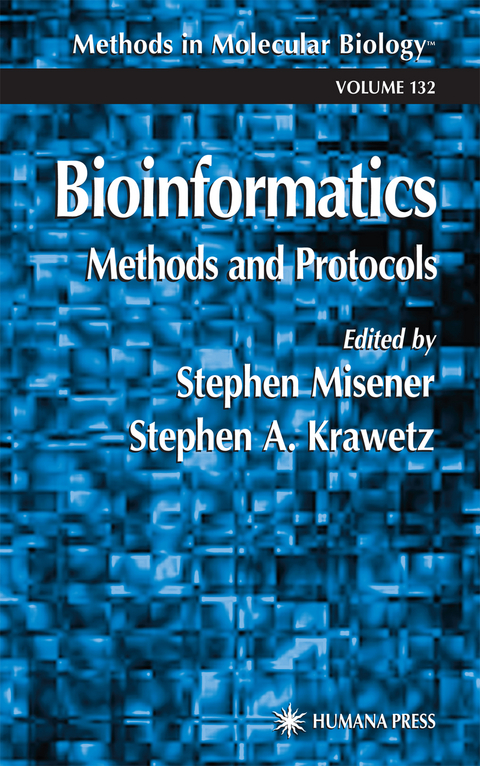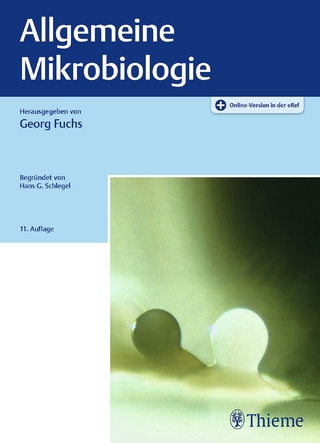
Bioinformatics Methods and Protocols
Humana Press Inc. (Verlag)
978-1-61737-156-1 (ISBN)
Sequence Analysis Packages.- GCG:.- Web-Based Interfaces for the GCG Sequence Analysis Programs.- Omiga.- MacVector.- DNASTAR’s Lasergene Sequence Analysis Software.- PepTool™ and GeneTool™:.- The Staden Package, 1998.- Building a Multiuser Sequence Analysis Facility Using Freeware.- Molecular Biology Software.- Free Software in Molecular Biology for Macintosh and MS Windows Computers.- Flexible Sequence Similarity Searching with the FASTA3 Program Package.- The Use of CLUSTAL W and CLUSTAL X for Multiple Sequence Alignment.- Phylogenetic Analysis Using PHYLIP.- Annotating Sequence Data Using Genotator.- Low Cost Gel Analysis.- Web-Based Resources.- Computer Resources for the Clinical and Molecular Geneticist.- The NCBI.- Resources at EBI.- Computer-Assisted Analysis of Transcription Control Regions.- Computational Approaches for Gene Identification.- Primer3 on the WWW for General Users and for Biologist Programmers.- Using the WWW to Supply the Molecular Biology Lab.- Computers and Molecular Biology: Issues and Constraints.- Network Computing.- Computing with DNA.- Detecting Biological Patterns The Integration of Databases, Models, and Algorithms.- Teaching Bioinformatics and Keeping Up-To-Date With the Literature.- Design and Implementation of an Introductory Course for Computer Applications in Molecular Biology and Genetics.- The Virtual Library I.- The Virtual Library II.- The Virtual Library III.
| Erscheint lt. Verlag | 10.11.2010 |
|---|---|
| Reihe/Serie | Methods in Molecular Biology ; 132 |
| Zusatzinfo | XI, 500 p. |
| Verlagsort | Totowa, NJ |
| Sprache | englisch |
| Maße | 152 x 229 mm |
| Themenwelt | Naturwissenschaften ► Biologie ► Mikrobiologie / Immunologie |
| Naturwissenschaften ► Biologie ► Zellbiologie | |
| ISBN-10 | 1-61737-156-4 / 1617371564 |
| ISBN-13 | 978-1-61737-156-1 / 9781617371561 |
| Zustand | Neuware |
| Informationen gemäß Produktsicherheitsverordnung (GPSR) | |
| Haben Sie eine Frage zum Produkt? |
aus dem Bereich


